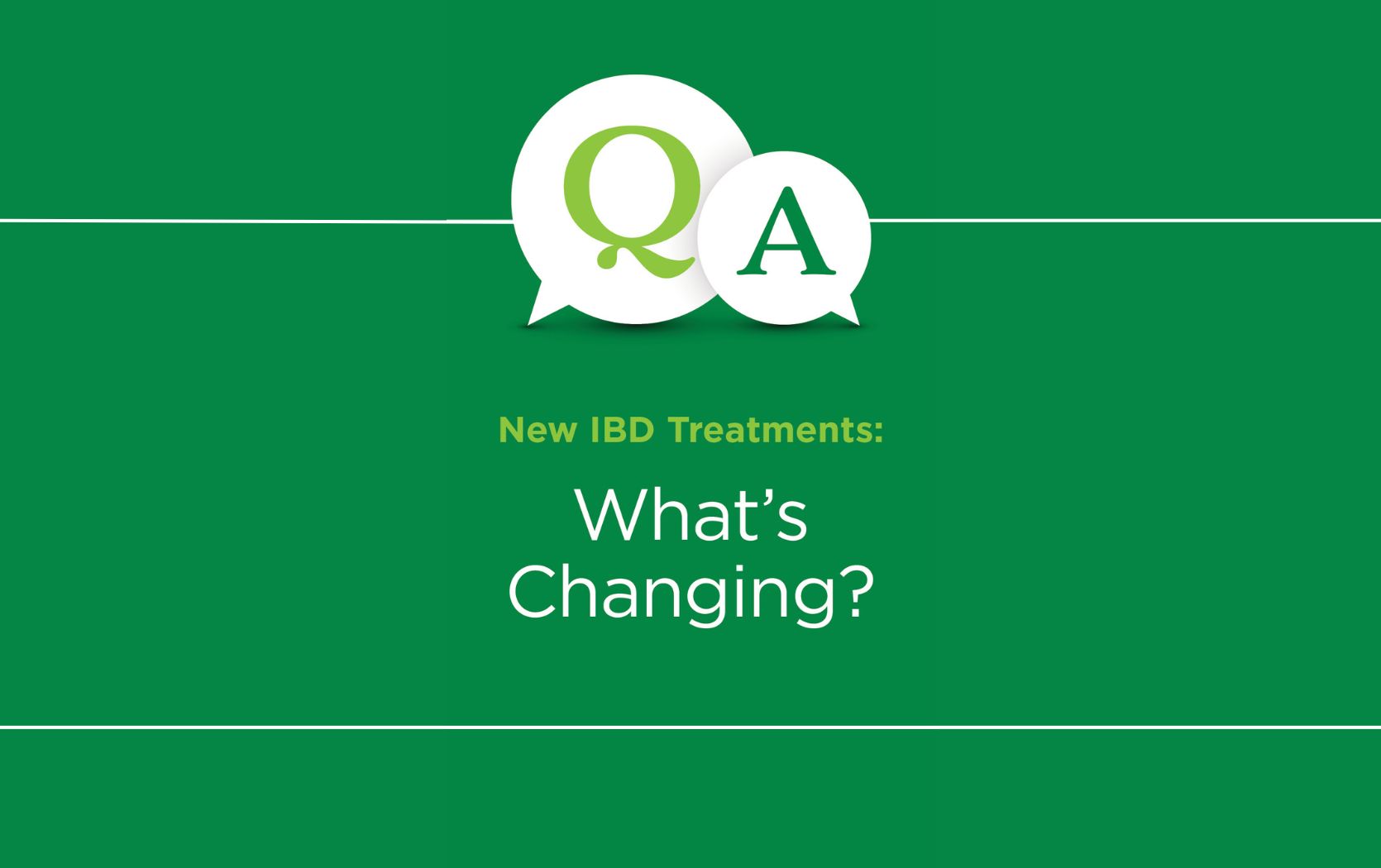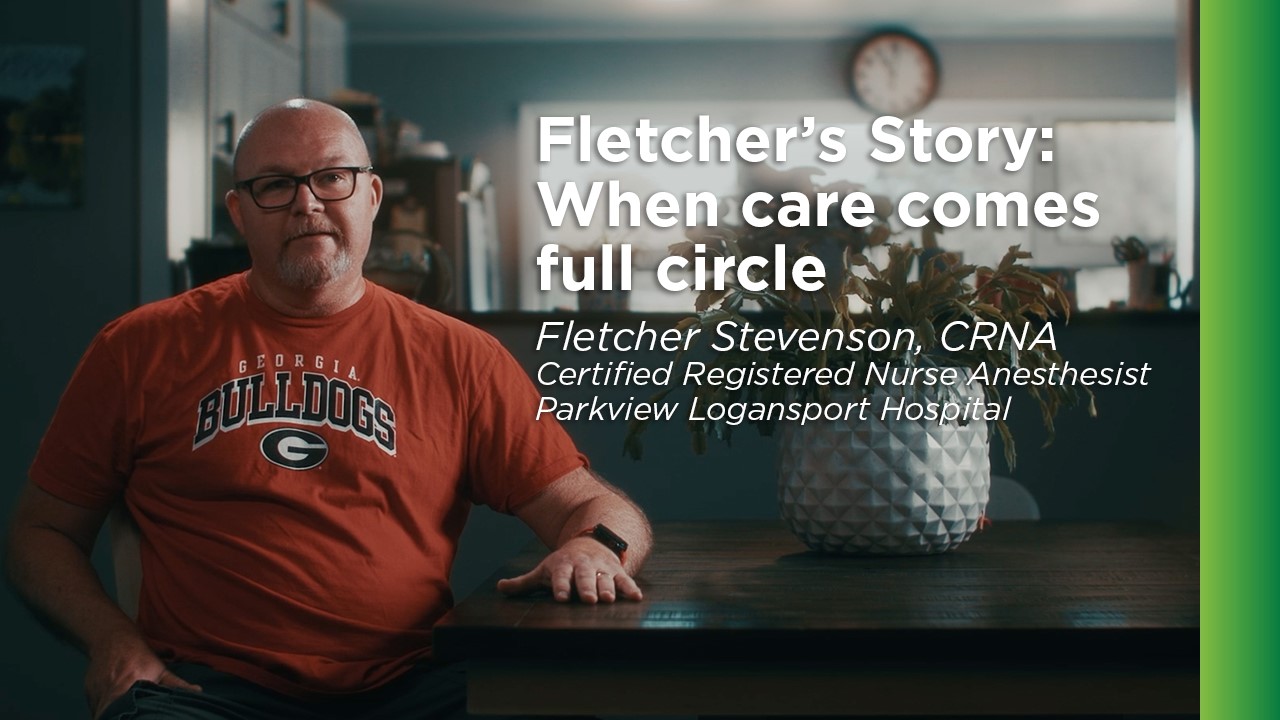
This post was written by Jeffrey Brown, MD, HMDC, medical director, Parkview Home Health & Hospice.
One of the most common questions posed by those afflicted with a terminal illness, as well as their caregivers, is “What will the end be like?” We all understand that we live a finite existence and that death is inevitable, but being given a limited prognosis can bring with it curiosity and sometimes, understandably, fear of how exactly the end will manifest. So, let’s take a look at the process in hopes of addressing some potential concerns.
It’s remarkable how similar the dying process is despite the myriad of possibilities that may lead us to it. The things that often vary are the trajectory and how rapidly these changes may appear over time. With some illnesses, like neurologic diseases and dementia, the decline may occur very slowly over many years. In cardiac or pulmonary diseases, the decline often occurs in discrete intervals with periods of “rebound”. Patients with incurable cancer often remain highly independent until the end, when they experience a rapid decline in function. So, while we differ in how we get to our final phase of life, once we arrive, the process looks very much the same, regardless of the specific diagnoses that led us there.
We sometimes refer to this process as “actively dying”, a term that is often used by healthcare professionals to indicate when a person has passed a point when no interventions will delay the outcome to any meaningful degree. For some, this is defined as the final week or two of life. For others, this may reflect only the final days or hours. For our purposes, we will look at those final weeks and attempt to describe the common signs and symptoms that a patient might experience.
I should preface this discussion by clarifying that, when I speak of the dying process, I am referencing how most of us or a loved one will experience it should we die of a chronic illness. Certainly, there are other acute causes of death that can lead to immediate loss of life, but for this post, we will look at how most people will tread this path.
The final weeks
This point is often characterized by behavioral changes and a loss of interest in food and fluids. Patients may withdraw from socialization, sometimes associated with confusion and even agitation or irritability. Caregivers may see a significant increase in a patient or loved one’s sleep and a decrease in the level of alertness while awake.
Patients will often lose the ability to care for their own needs, becoming bedbound with incontinence of bowel and bladder occurring more frequently. Patients will also make statements that they are dying or may report seeing friends and family who have already passed. For some, there may be a decrease in urine output, worsening symptoms of pain, swelling and possible signs of skin “failure” such as wounds and bedsores which are typically unavoidable and nonhealing regardless of the attentiveness of caregivers. Once a person is no longer taking in any food or fluid, death is likely to occur in one to two weeks.
The final days
As the process continues, caregivers may see a worsening of delirium, an abnormal behavior due to a medical cause, which can manifest in one of two ways:
Hyperactivity – a worsening of agitation, hallucinations and combativeness
Hypoactivity – protracted periods of lethargy and unresponsiveness
Abnormal patterns of respiration are often evident, with increasing periods of apnea, a cessation in breathing, and then alternating with more rapid respirations. The inability to swallow any liquid or medication is expected, and changes in skin coloration, referred to as “mottling”, might be noted reflecting a decrease in peripheral blood flow. The patient’s extremities may appear bluish and cold to the touch.
Urine output will decrease further and be much darker in color, reflecting impending kidney failure. Increased discomfort, pain or shortness of breath may occur with a subsequently increased need for symptomatic medication. On occasion, there may also be surprising periods of lucidity and activity or interaction, which is referred to as a “rally” or “surge” followed by a rapid return to their prior state.
The final hours
During the final day or two of life, patients are typically comatose or unarousable and unaware. We often notice a rattling noise during their respiration. It’s important to note that this isn’t typically uncomfortable for patients, but often instinctively, causes unease for those at the bedside. This rattle during breaths is often colloquially referred to as a “death rattle”, given its occurrence and proximity to the end of life.
Changes in expression and appearance may also arise as the patient’s facial muscles begin to relax. Eyes and temples may appear sunken or drawn and periods of apnea become more frequent and extended. Urine output often ceases completely and the need for symptomatic medication decreases with patients appearing more comfortable as the end nears. In the final hour or two, there may only be a few breaths per minute until finally, the patient slips from their corporeal existence and into the next great adventure.
It’s our goal in hospice to ensure this process is as comfortable and peaceful as possible for patients, caregivers, family and loved ones. Hospice can best assist patients, families and caregivers to achieve their goals when our partnership begins well before the time where we are faced with our final days together. It is our mission to maximize the quality of life of our patients, making every day a “good day”, however that individual might define it. At Parkview Home Health & Hospice, we will assist you and your loved ones as you navigate the dying process, whenever that time may come.



